MyInsights Platform
MyInsights is an intuitive, low cost market research platform for qualitative research
and mobile ethnography. Participants submit text messages, photos, videos and audio fragments,
can complete
diary tasks, vote in a poll topic, answer short
surveys and participate in real-time private and/or group discussions.
Let your participants capture their thoughts, feelings, experiences and habits in the
right moment and place, whether it is at home or on-the-go.
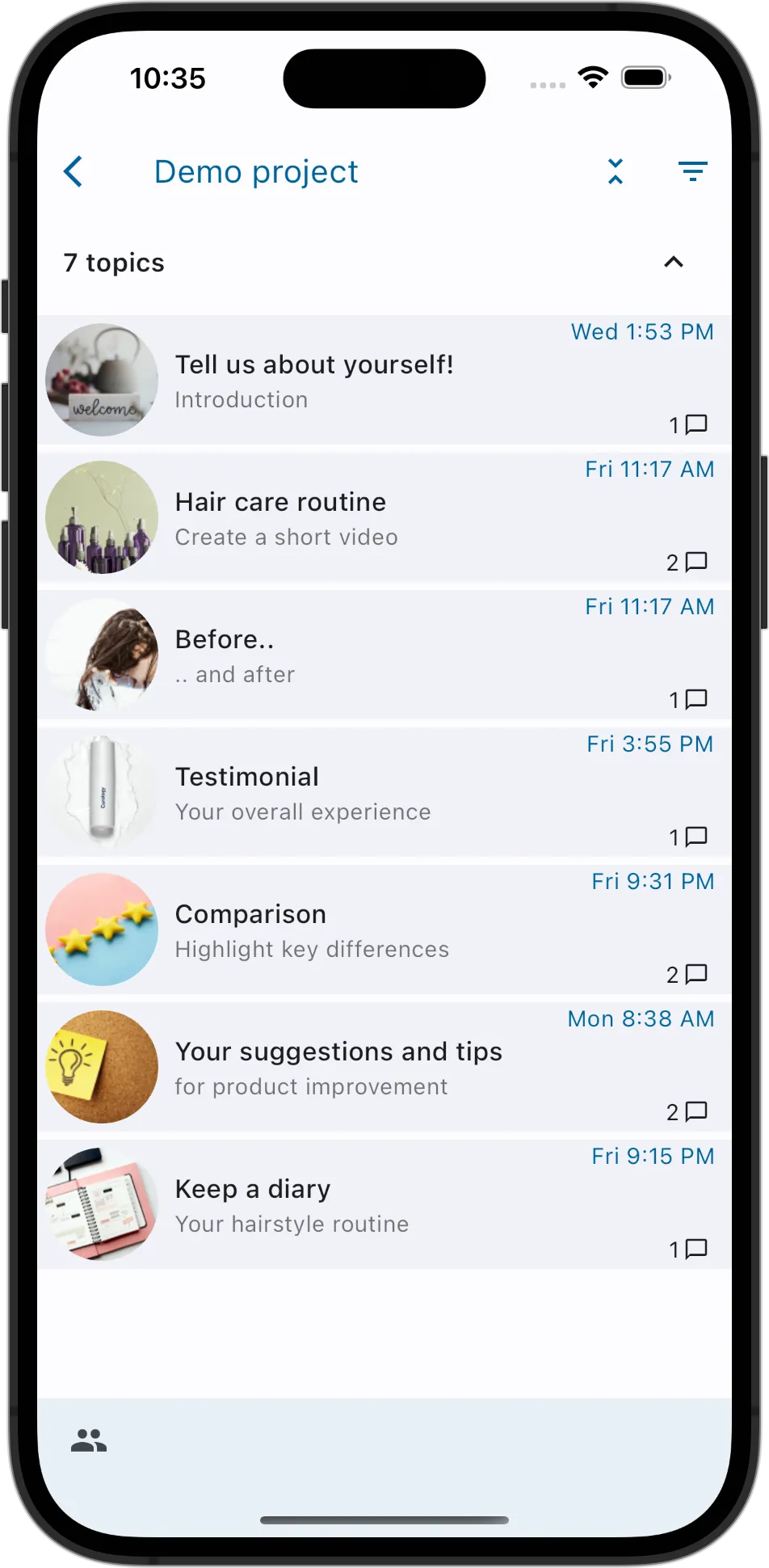
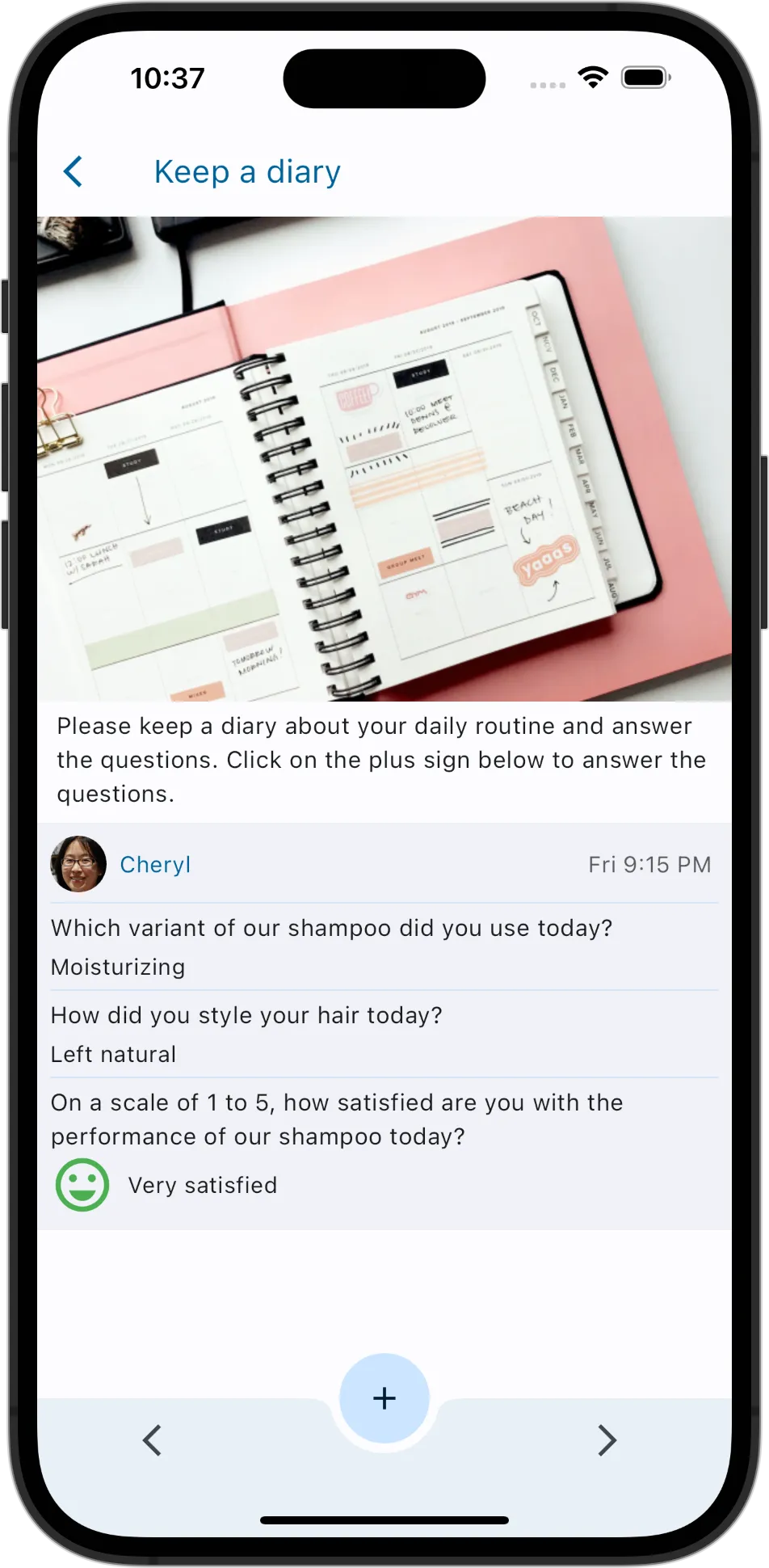
MyInsights - effortless & user-friendly
We understand that sometimes all your qualitative projects receive the green light at once,
which means you need to be able to have projects up and running the same or next day. Our
platform is incredibly user-friendly, not only for your research participants but also for
moderators and observers.
Should you have any questions, we're always here to help.
Feel free to reach out to us at
support@mobilemarketresearch.com
or use our contact form.
Some of our Clients
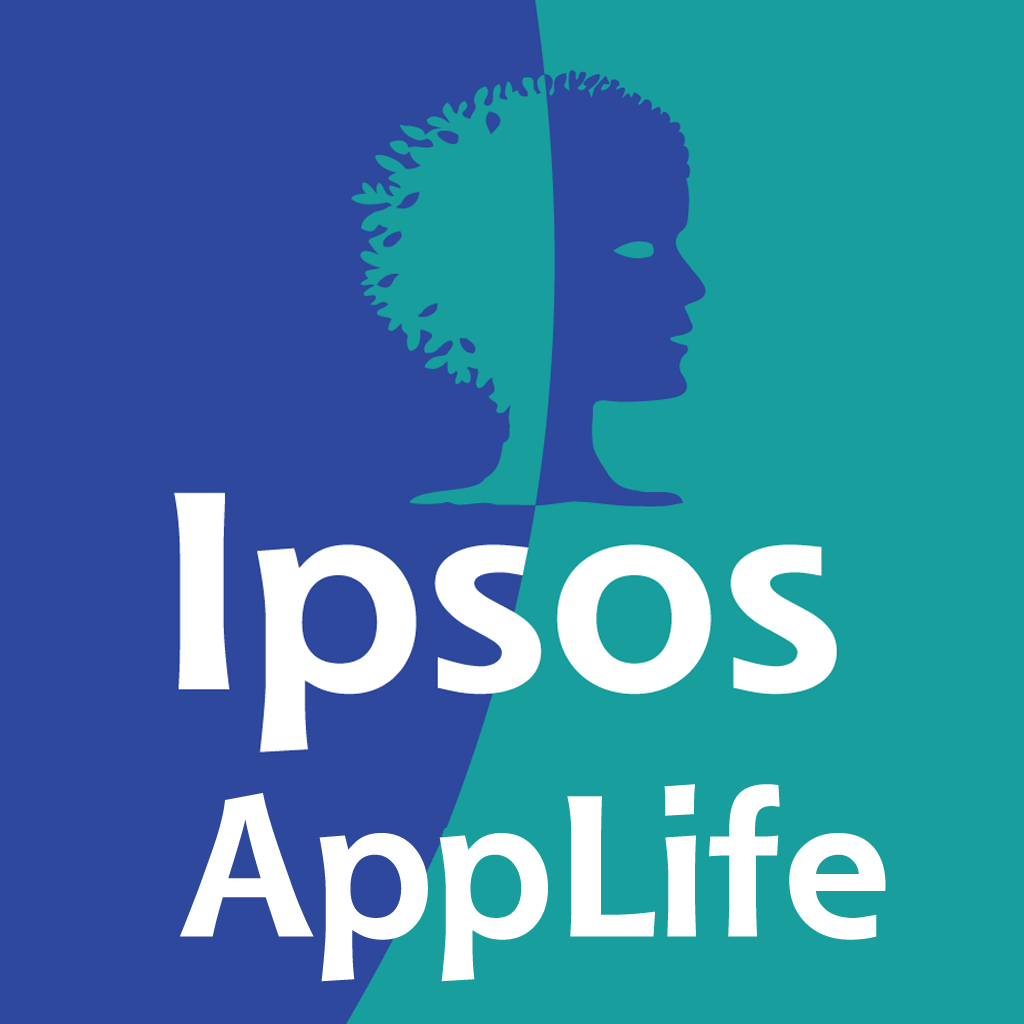

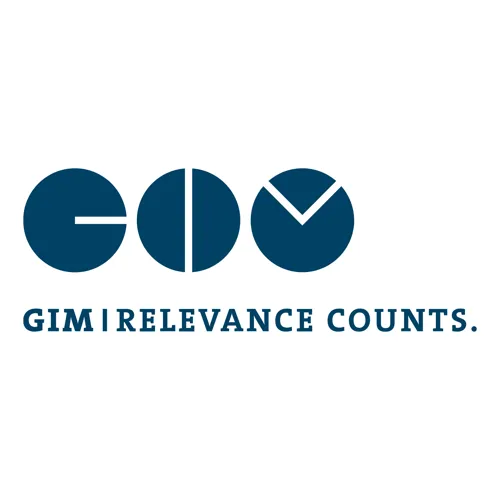












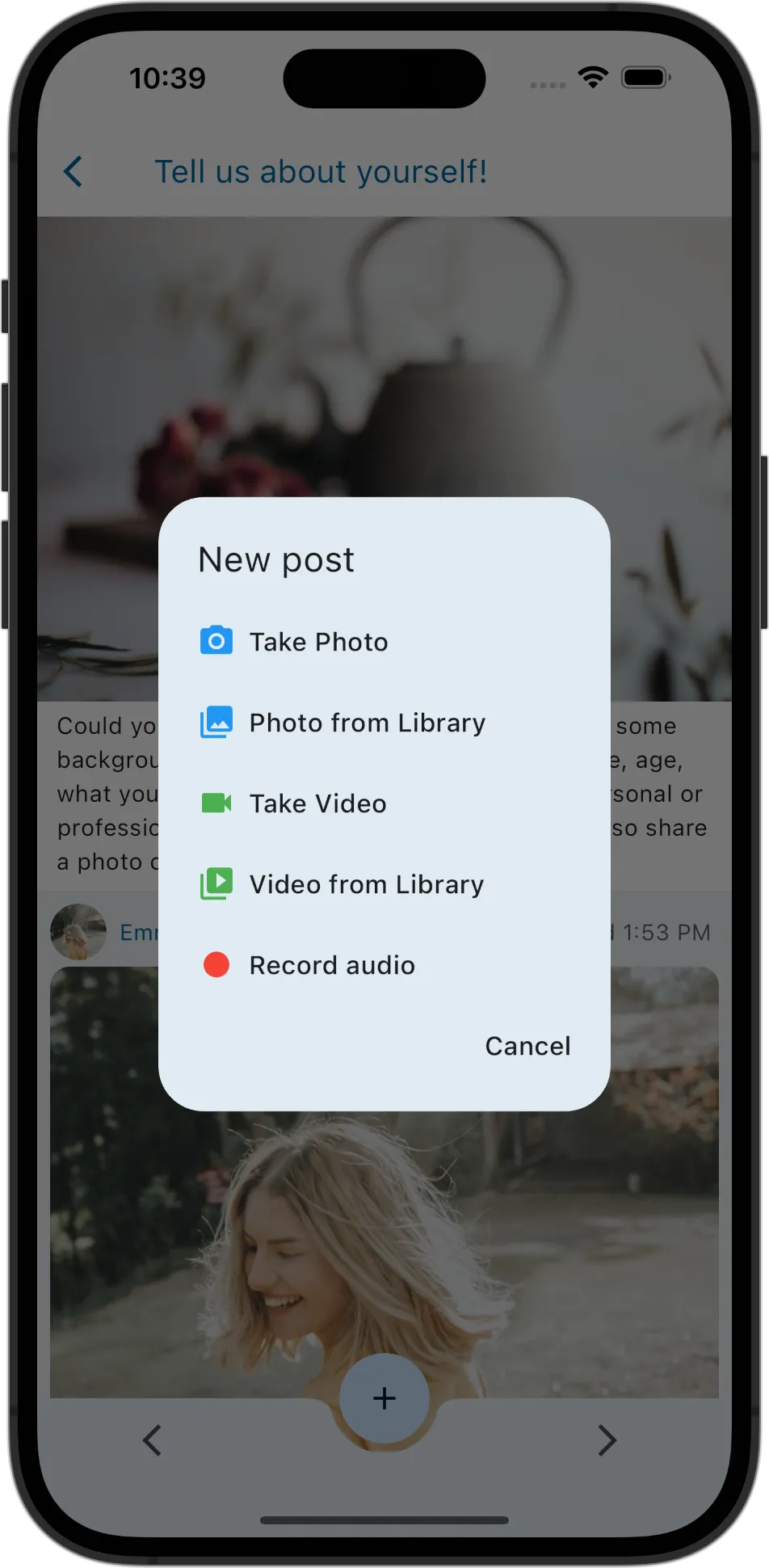
Mobile ethnography
Mobile ethnography encompasses many different ways of doing qual research. Some projects
run for one or two weeks, others last months or even years!
In any case, it will
lead to a better understanding of how consumers think, how they act, how they use
products and services or what barriers might exist to use a certain product or service.
Mobile qual will let you dig deeper into consumers lives and will enrich your reporting.
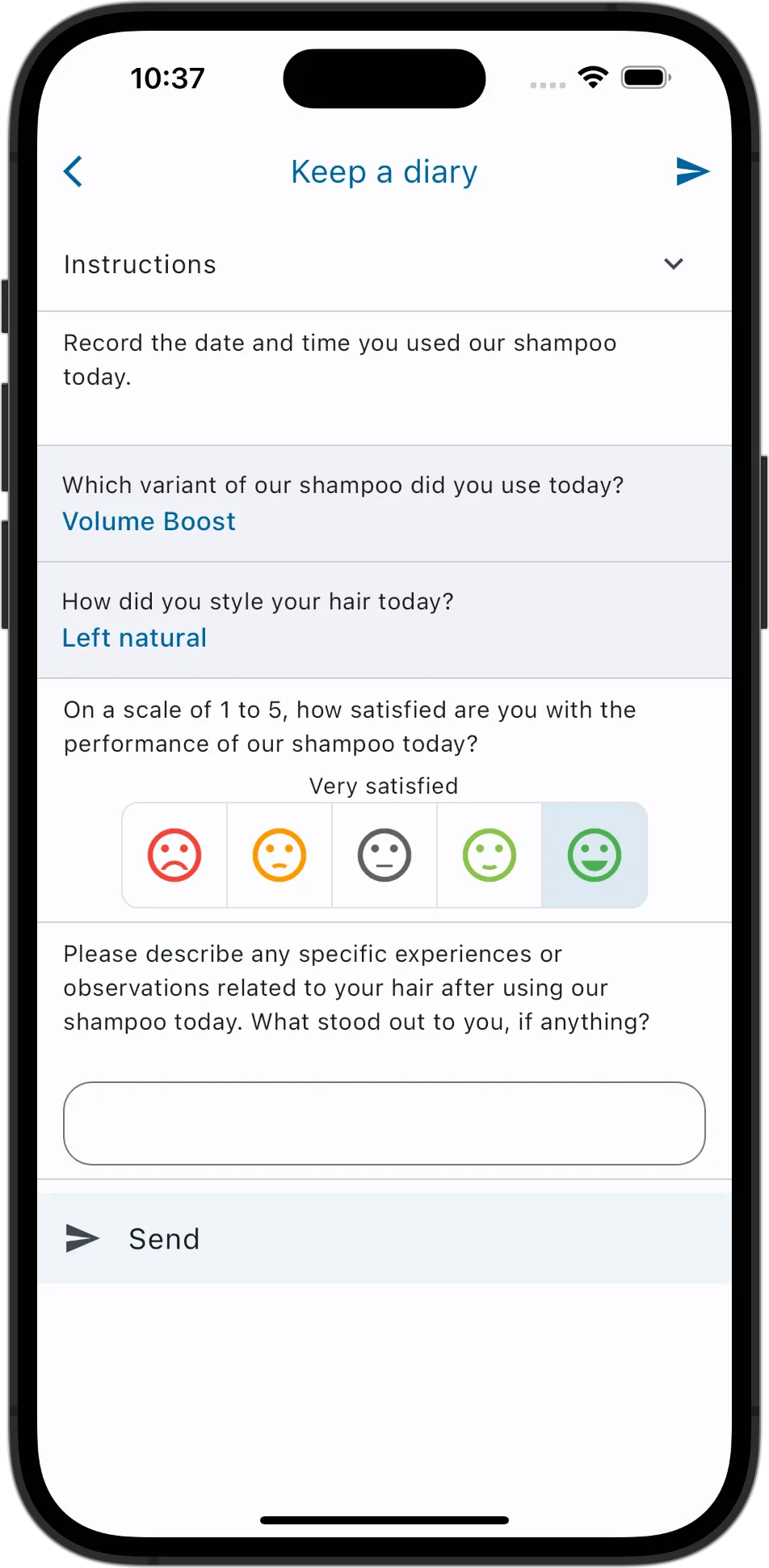
Mobile diary
A mobile diary project can be done 'on its own', to better understand consumer habits,
rituals and feelings. It's also a good preparation before your actual fieldwork.
While you want to keep an open mind as a researcher, it's also nice to be
prepared and to get to know the consumers before seeing them in an IDI or focus group.
This allows you to dig even deeper and clarify certain things, that otherwise might have
gone unnoticed or lost.
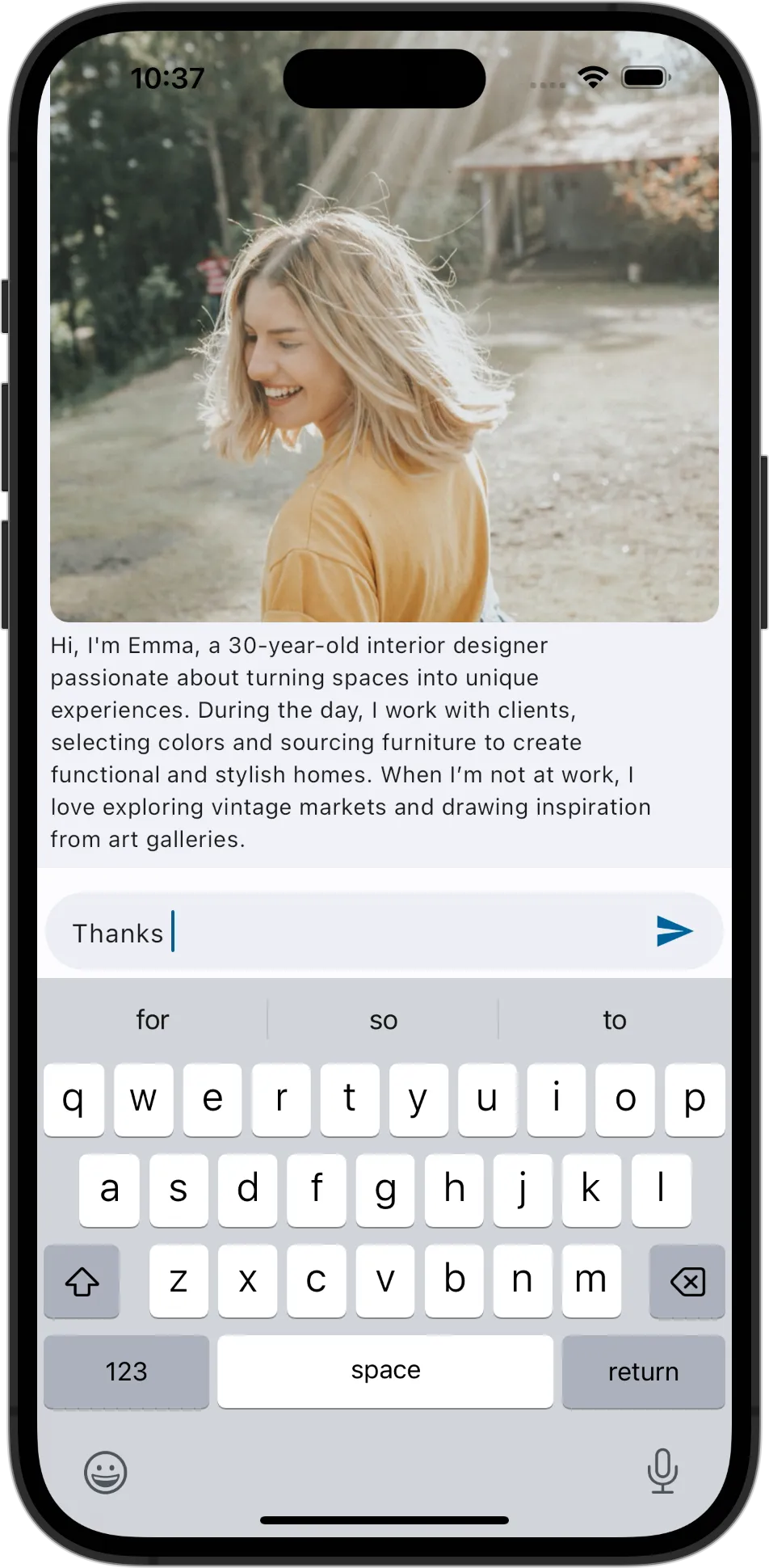
Pre & post tasking
Pre tasking can be done, when you need a little more insight into the feelings towards
certain brands, their purchases or other relevant information of your research
participants, before your IDI's or focus group.
On the other hand, don't you
ever wonder how much participants can remember about a TVC two weeks after the fieldwork
is completed, and if they still feel the same way about their willingness to buy a
product? You can use post tasking to find that out!
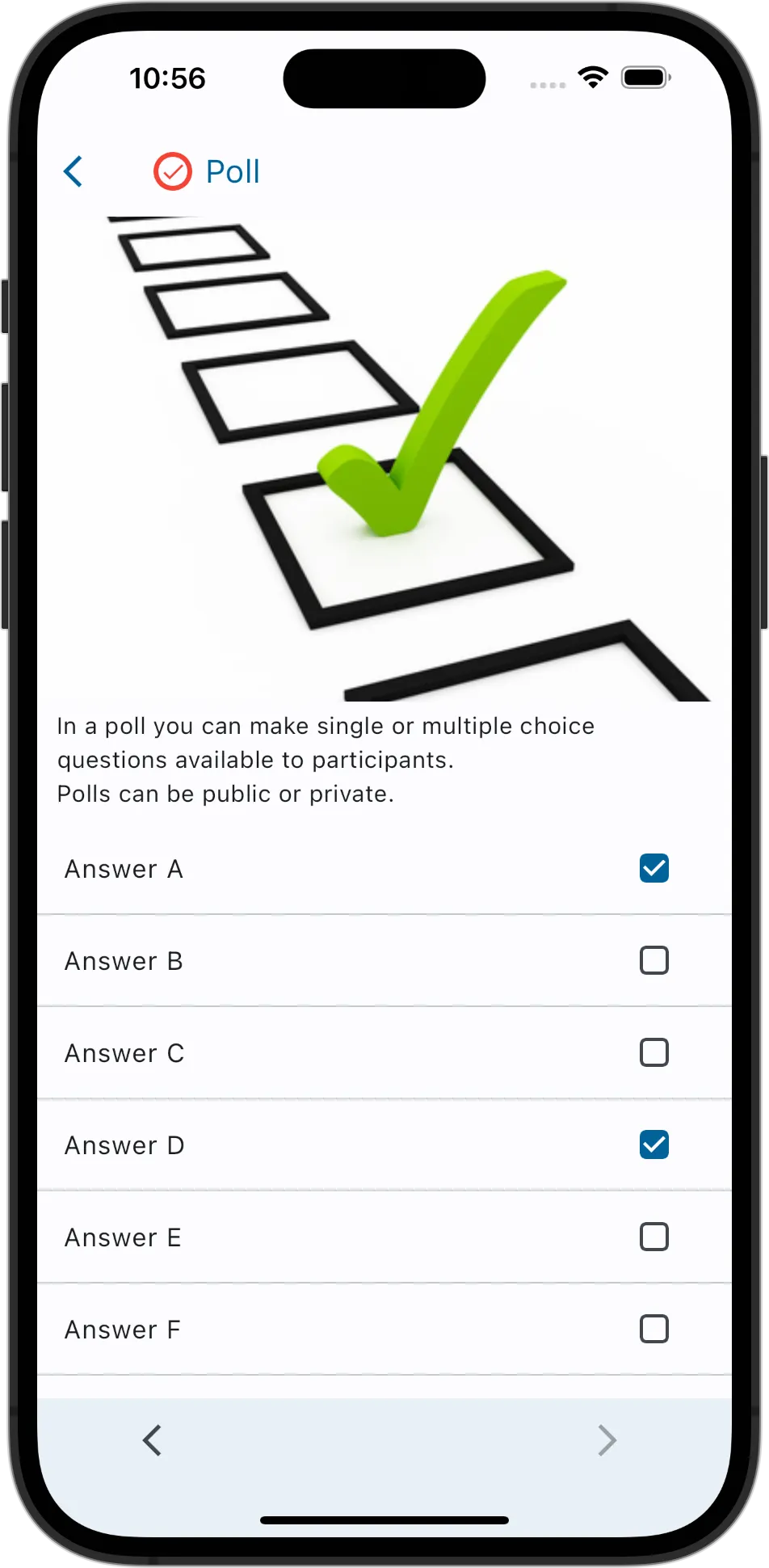
Poll topic
Just like during your face to face fieldwork, sometimes you want to do a head count, just
to get a quick overview of the general feeling about a commercial, product or brand. You
can do that with the 'poll topic' in MyInsights.
You can show a TVC, a still, or
proposition or ask a question in general and get participants to vote and if needed,
explain why they voted this way. You may let participants discuss the poll results. This
is entirely up to you though, and based on the settings you choose in your project.

Shopper insights
With MyInsights, you can set up your project in such a way that you can map the path to
purchase. You can, for instance, make use of surveys that stay available to let
participants keep track of every touchpoint they have with the product or service.
Get a better understanding of all the touchpoints, triggers and barriers there
are to buy the product. Let participants capture what triggers them to make the actual
purchase.
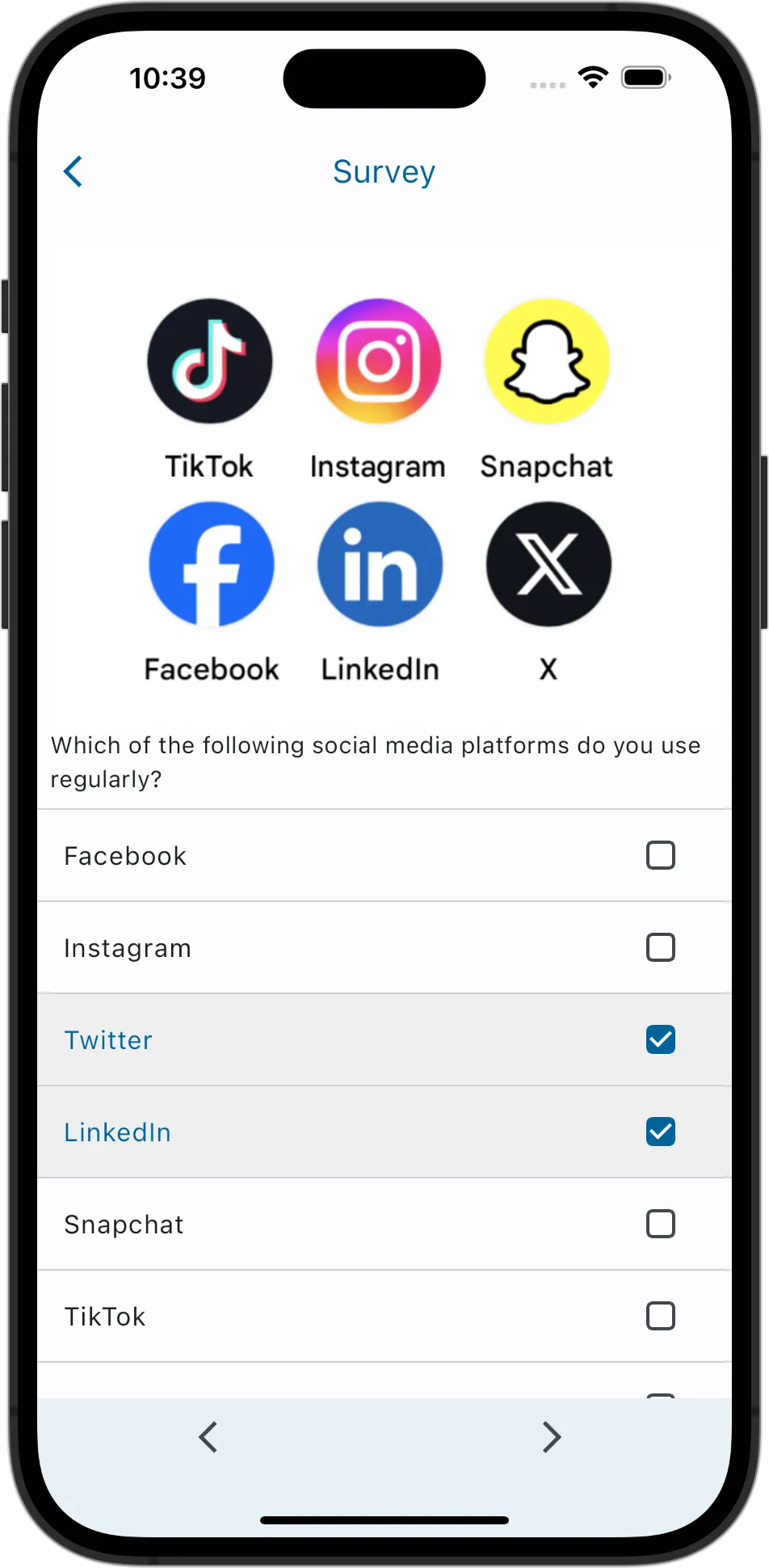
Surveys
The strict separation between quantitative and qualitative is long gone! We completely
understand the need for a survey in your qual project, especially with the large numbers of
participants in your mobile qual projects.
You can ask single choice
questions, multiple choice questions, open ended questions, likert, date/time and
photo/video/audio questions. Of course, it's also possible here to show stills, video or
other multi-media that you want to use in your project.
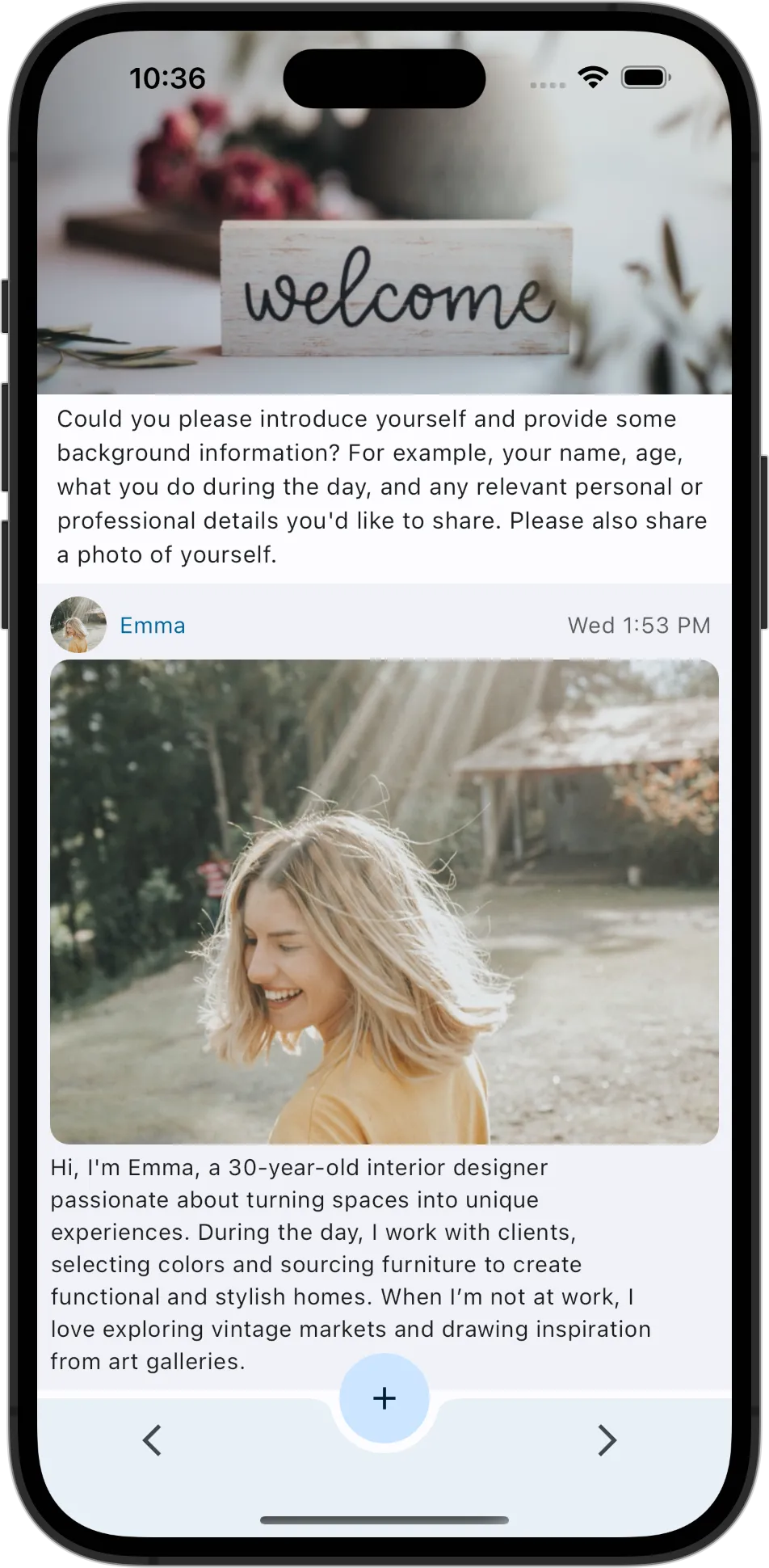
AI for analysis
MyInsights is a market research platform designed to simplify data analysis for researchers.
With built-in support for translation, sentiment analysis, and video transcription, it transforms
raw data into actionable insights.
Whether you're dealing with multilingual responses,
gauging customer sentiment, or transcribing video content, MyInsights streamlines the entire process,
allowing you to focus on understanding and leveraging insights for impactful decision-making.
Discover What MyInsights Has To Offer
The MyInsights app is connected to a web platform. Here you create your projects, invite participants and your clients as observers. You can also view the results in a dashboard and download the results in several formats. The web platform is accessible for moderators and observers only - participants use the app. Below, we've listed some of the app and platform functionalities.
EASY
Both setting up and managing a project is easy-peasy, both the app and web platform are extremely user-friendly.
AGILE
We're open to new ideas and work with the latest technologies, so we can build in new features quickly. Feel free to let us know your ideas about new features.
PLATFORMS
MyInsights works on both iOS 10 (and up) and Android 5 (and up), both on smartphones and tablets.
DATA USAGE
Installing MyInsights requires almost no memory of the device. Furthermore, we use photo and video compression, to keep data costs low.
SECURITY
We have Data Processing Terms and a Privacy Policy in place to comply with the GDPR.
OFFLINE
You can use the app without an internet connection.
TASKS
You can let participants complete one task, before they can complete the next task (sequential tasking). It's also possible to schedule tasks.
MULTIMEDIA
You can show photos and videos to participants which you can upload in the project. You can also embed a YouTube link.
MULTI-LANGUAGE
Projects can be set up in any language, we support characters used in any kind of language.
PUSH NOTIFICATIONS
You can send push notifications (messages) to one or more participants to keep them involved in the discussion.
ANALYSIS
On the online platform you can export the collected data (per participant, topic, segment, etc).
RELIABLE
We are constantly testing the app, to make sure your projects run smoothly.
SENTIMENT ANALYSIS
Use sentiment analysis to let the platform automatically mark participant statements into positive/negative sentiments.
TRANSLATION
The platforms supports automatic translation into a selected target language.
VIDEO TRANSCRIPTION
MyInsights can automatically transcribe all videos and audio fragments.
What can you expect when you sign up for MyInsights through our website?
After signing up online, you can start testing MyInsights immediately. You can create one or more test/demo projects, invite your colleagues to the projects and see how MyInsights works. If you provide your business info to us via email, we'll upgrade the platform so you can run real qualitative research projects.
We only charge for actual projects—there are no fees for demo or test projects, no monthly subscriptions, no licensing fees and no hidden costs. You'll only be billed for participants who actively take part in your research. You have the flexibility to start or stop using MyInsights at any time. Need to add a PO number or other details to your invoice? You can do that in the platform or let us know, and we'll take care of it!

